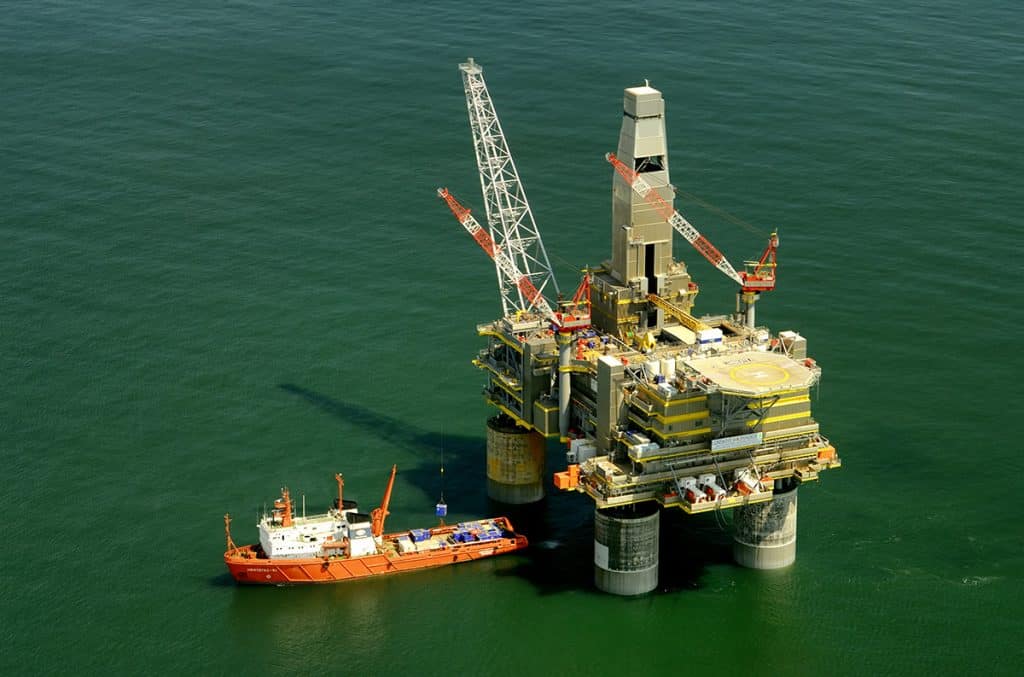Magnetic Sensors Optimise Oil Well Drilling
By Paul Fears | 28 November 2022
The oil and gas industry continually develops new reserves to meet global energy demands. Irrespective of the focus on growing energy production from renewable sources, fossil fuels continue to play an important role in providing energy for power stations and transport.

There are many drilling challenges when accessing new reserves. New wells are drilled deeper; in different directions than previous wells; and drilled in environments that are extreme and contain more unknown elements (e.g. deep-water drilling applications).
In order to optimize drilling operations, oil and gas companies regularly use two types of magnetic sensors: fluxgate magnetometers and nuclear magnetic resonance sensors.
Fluxgate Magnetometers
Fluxgate magnetometers are used to measure a magnetic field’s intensity and direction. In the oil and gas industries, directional drilling applications use fluxgate magnetometers in order to assess the trajectory of the drill. In directional drilling, multiple new wells are drilled from a single vertical well, presenting superior access and exposure. Directional drilling highly depends on accurate information regarding a drill’s position, as inaccurate positioning can result in well collisions. Fluxgate magnetometers allow for the drilling of wells in reservoirs that would otherwise be prohibitively difficult to drill in. Utilising fluxgate magnetometers for navigation thus results in improved access to material and more efficient usage of resources.
Nuclear Magnetic Resonance Sensors
Nuclear magnetic resonance identifies key features of rock formations, such as porosity and permeability. These critical features determine the suitability of a location for an oil well. Additionally, nuclear magnetic resonance identifies downhole fluid types. Nuclear magnetic resonance is highly desirable because it is a non-radioactive operation that oil and gas drillers use to obtain critical information. By using nuclear magnetic resonance, fluid phases and dynamics present in geological formations are identified in real time while drilling operations are taking place. This significantly improves operational efficiency and lowers overall costs.

The demand and necessity for fossil fuels, such as oil and gas, will continue until the world develops technology to source energy from renewable sources. However, the depletion of reserves is driving drilling in challenging environments, where technology such as magnetic sensors plays an important role.
Related Technical Article
- Bespoke Pot Magnet Design for Oil and Gas Application
- Offshore Winch Eddy Current Brake with Magnetic Powers
Bunting designs and manufactures a wide range of magnets and magnetic assemblies. Many are bespoke for specific applications. For further information on any of the products mentioned in this review, or for custom magnet assemblies and magnet designs, please contact us via:
Phone: +44 (0) 1442 875081
Email: sales.berkhamsted@buntingmagnetics.com
Via Bunting-eMagnets for online purchase of Magnets and Magnetic Technology
Photos sourced from PxHere
Follow us for all our latest news on Social Media



